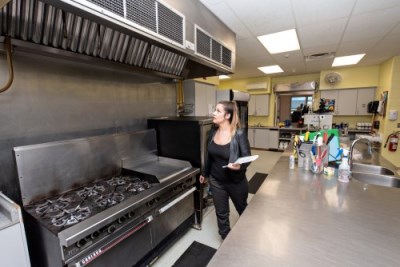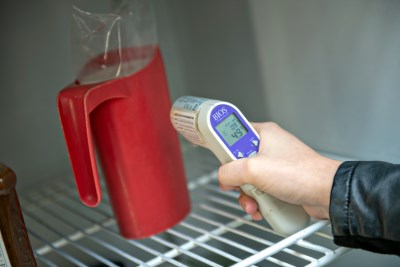Food Premises Inspections
Under the Health Protection and Promotion Act, R.R.O. 1990, Ontario Regulation 493/17: Food Premises, Southwestern Public Health (SWPH) inspects all food premises in Oxford County, Elgin County, and the City of St. Thomas.
All of the inspection reports for food premises including restaurants, street vendors, cafeterias, banquet halls and grocery stores, are available on our disclosure website, Health Inspect.
What is a food premises?
A food premises is defined in the Health Protection and Promotion Act, R.S.O. 1990, as any premises where food or milk is manufactured, processed, prepared, stored, handled, displayed, distributed, transported, sold or offered for sale, but does not include any room(s) in a private residence.
What is the role of a Public Health Inspector?
Public Health Inspectors (PHI’s) visit food premises to conduct routine inspections, compliant investigations, and where required re-inspections. During inspections and/or investigations, PHI’s ensure that premise owners/operators are following the requirements outlined in the Ontario Food Premises Regulation (O. Reg. 493). If there are infractions, education is provided to owners/operators to achieve compliance. Should infractions continue or be an immediate risk to the safety of the food being served to the public, legal action may occur (i.e. tickets and/or closure orders).
At the end of each inspection, a written report is provided to the operator and is publicly posted on the health Inspect disclosure website.
For more information on a PHI, please visit the Canadian Institute of Public Health Inspectors website.
Please note: If a food premises is considered an immediate health risk it is ordered to close and cannot reopen until compliance is achieved.
What is a risk categorization?
PHIs do a Risk Categorization for every food premises in Oxford County, Elgin County, and the City of St. Thomas each year that the premise is inspected.
Risk Categorization for food premises is determined by several factors, including:
- Past and current compliance records of the food premises
- Types of patrons served (e.g., hospital, daycare, school programs)
- Number of steps to prepare/serve the food
- Whether there is a sufficient food safety management plan in place
- Food safety knowledge and training of staff
For more details on Risk Categorization please review the Ministry’s Guidance for the Risk Categorization of Food Premises.
The risk categorization score that a premise receives determines if the establishment is high, moderate or low risk. The number of routine inspections for a food premises based on these risk categories are set out by Food Safety Protocol, and include:
- High risk food premises are inspected at least three times per year;
- Moderate risk food premises are inspected at least two times per year; and
- Low risk food premises are inspected at least one time per year.
Please note: Any re-inspections/complaint-based inspections required are in addition to this number.
Disclosure of food premises inspection reports
All inspections completed by PHI’s can be publicly accessed through our Health Inspect website, which is continuously updated to reflect the most recent inspection. If you are unsure whether a food premises has been inspected by SWPH or not, look for the health inspect sign.













